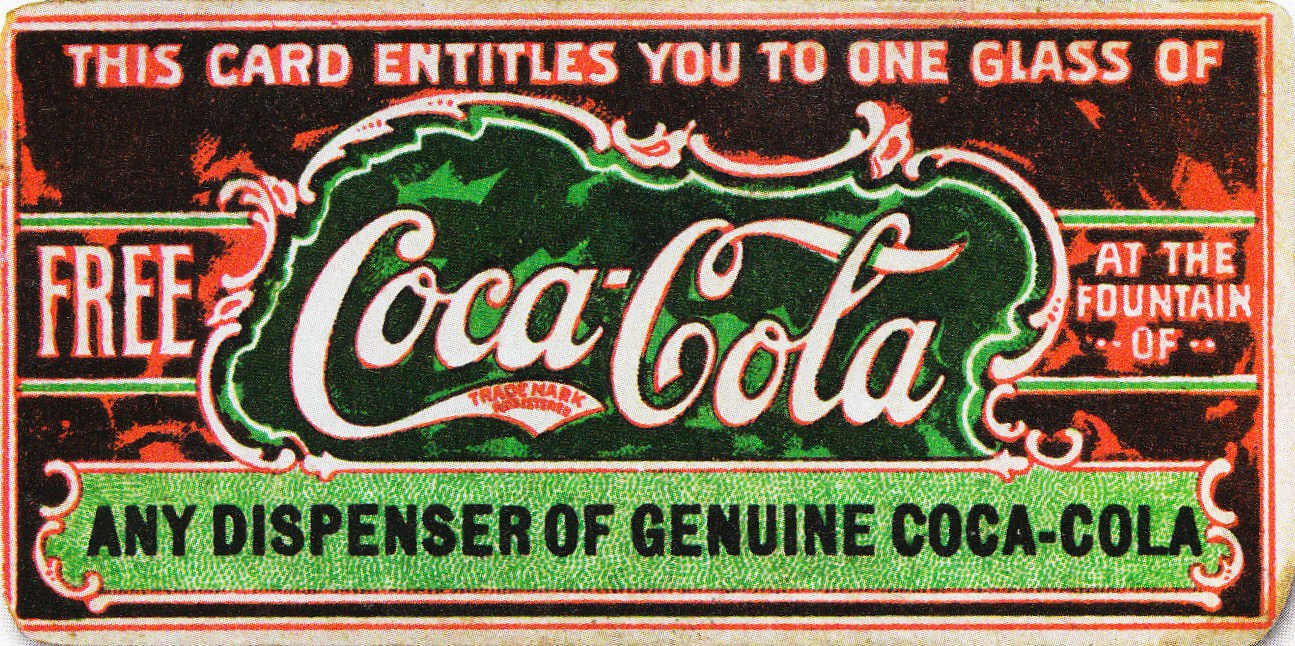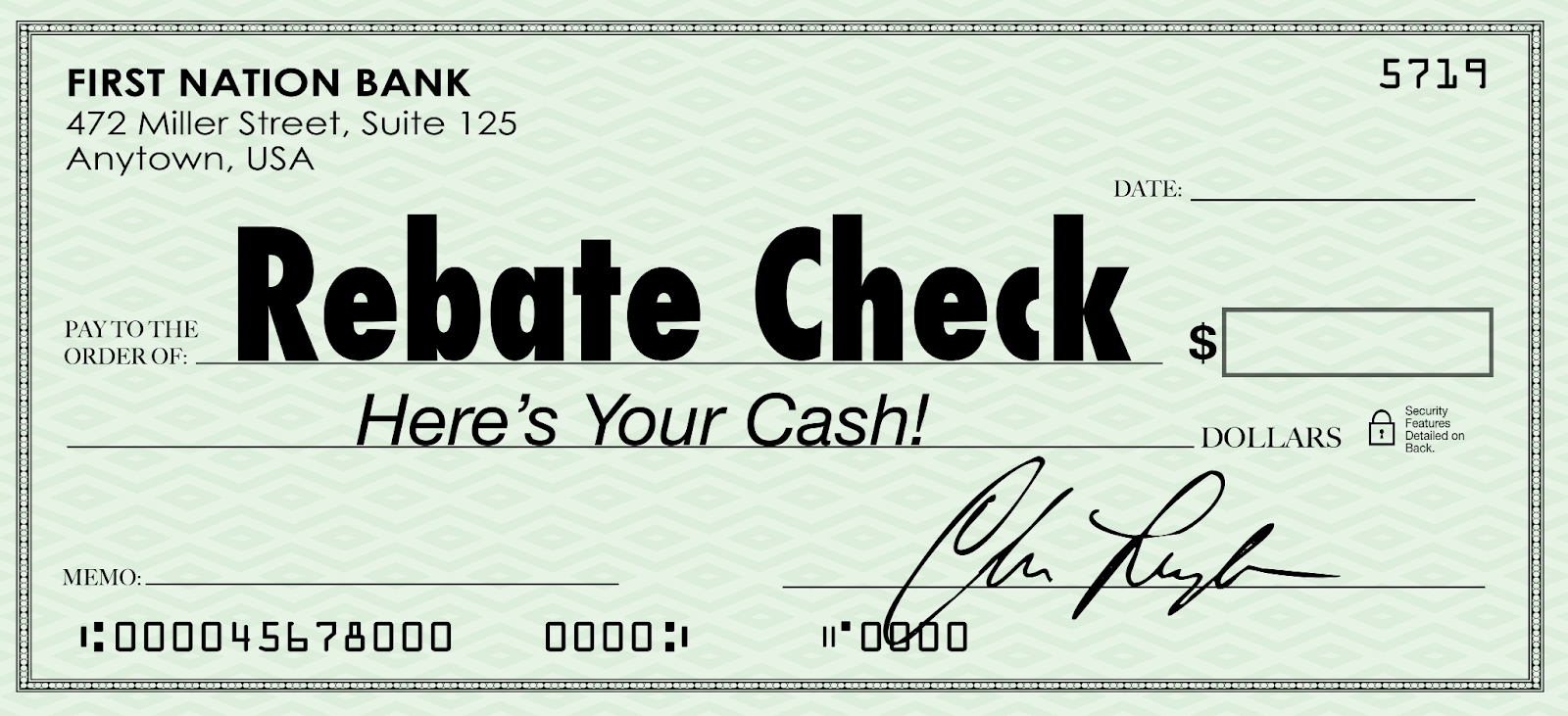
A New Era in Retail: Brij's Game-Changing Digital Rebate Feature
At Brij, we are on a mission to connect offline and online to help brands create better customer experiences.
An aspect of the customer experience where our customers wanted to innovate further was discount promotions. Unseating a preferred brand is no easy feat. Sometimes shoppers need to be incentivized. Brands also need to maintain retail velocity to keep their shelf space, and need an simple lever to accelerate sales.
In short, Brij customers started asking if we could facilitate rebates in real-time to incentivize sales in real-time.
And the Too “Long; Didn’t Read It” answer is Yes! Brij can inform your retail and marketplace customers about rebates and process them in real-time. Skip to the feature release details to learn more!
While building this feature, we sought to learn all we could about how brands deliver discounts today. Here is what we learned.
The Delivery System for Discount Promotion is Painfully Outdated
Most shoppers associate discounts with coupons. Coupons are insanely popular with 145M American adults redeeming a coupon in 2021. Brands love them because 63% of shoppers report spending more when using coupons.
Coupons are certificates that give shoppers a markdown on the in-store purchase price. The coupon was invented in 1887, by Asa Candler, the founder of Coca-Cola. The first version was a hand-written voucher entitling the user to a free glass of Coca-Cola valued at 5 cents!

But the coupon didn’t become a staple of American households until the Great Depression, when people were looking to save money. Almost 100 years later, the coupon market is alive and well.
In 1968, Terry Loebel came up with the idea of sending packets of coupons from local stores directly to consumers. That idea became a company named Valpak which fills American mailboxes with billions of coupons every year.
While paper coupons are still around, digital coupons have surged in popularity. The pandemic was a big tipping point for digital coupon usage. In 2023, Statista reported that 57% of shoppers 57% prefer digital coupons to paper. However, there are large discrepancies among generations with Baby Boomers still preferring paper, while Millennials heavily skew to digital coupons.

While digital coupons are increasingly popular, they are most commonly used online or via retailer-specific coupon programs. Retailers typically don’t except digital coupons that are not their own because they are easy to fabricate.
Manufacturer vs. Retailer Coupons
Today, there are two key types of coupons:

Manufacturer coupons: Coupons that are funded by a brand for use on items purchased in-store. They entitle the user to a discounted price on an item or bundle. The store does not lose money when a customer redeems one. They are a promotional tool created by coupon clearinghouses and delivered via newspapers/magazines (online and offline), and mail to encourage consumers to try a product or to boost sales.
Retailer coupons: Coupons that are created and issued by a retail chain (i.e. Target) and can only be used within the chain or specific stores. They are found in store flyers, websites, or mobile applications. And they can offer discounts on specific products or total purchase amount. The retailer will incur expense upon redemption. It is a tool to drive sales within the chain.
Both types of coupons have terms and conditions like:
- Number of coupons used
- Expiration date
- Additional restrictions imposed by the retailer.
In the past 10 or so years, retailer coupons have become wildly popular. A prime example is the cult following of the 20% coupon from the now bankrupt, Bed, Bath, & Beyond. These days pretty much every major retailer has their own exclusive coupon system.
The reason for the growth in retailer couponing is two-fold:
- Dated Practices: Manufacturer coupons are created via clearinghouses that have been using the same process since the 1950’s. It requires a brand to put capital upfront and has a complicated process where the coupons and money flow circularly from brand to the clearinghouse and back.
- Coupon Fraud - Manufacturer coupons are easy enough to counterfeit, that a whole cottage industry emerged around selling fake coupons. Annual loss due to coupon fraud is estimated to be $300M. There is even a movie called Queenpins about an Olympic athlete orchestrated a multi-million dollar coupon scam.
Frankly, for many brands, it's easier to roll coupons into trade promotion deals like store displays with individual retailers than to set up manufacturer coupons.
Why Brands like Rebates
Another discount strategy that is often overlooked is rebates.
Rebates are a form of promotion that rewards customers for their purchase whereas a coupon is a discount to drive purchase. Customers acquire the savings when they verify their purchase and are reimbursed.

There are a few reasons why brands like rebates.
First and foremost, they don’t require a 3rd party. A brand can run a rebate without a coupon clearinghouse or retailer's permission or cooperation. And the brand completely controls the experience.
Second, it’s a powerplay for collecting 1st party data like email and phone numbers. Contact information is required for the brand to deliver the monetary rebate. And once the brand has it, they can remarket to the customer with new products and exclusive deals. In that respect, it’s also a loyalty play.
Third, rebates can be 100% digitized, which speeds up and improves the user experience. It used to be that a customer had to mail in bar codes, and the manufacturer sent in the mail, a process that took weeks, if not months. Today, verification and reimbursement all happen online and in 24 hours or less. (more on that below).
Fourth, the customer buys the item at full price. This way the brand benefits from increased sales, without negative associations associated with a sale or price cut.
Finally, rebates are completely flexible. A brand has the freedom to set its rebate budget and time frame. Additionally, there is scalability, i.e a brand can scale it’s rebate with units purchased.
If you are in retail and looking juice retail velocity, and control the experience without the hassle of coupons, we’ve got you covered.
Brij just rolled out rebates in two modalities.
First as a module, that is embeddable in our core QR code experiences.

Here is how it works:
- The buyer scans a QR code
- Clicks on the rebate call to action
- Enters Email/SMS
- Receives email/SMS flow
- Uploads receipt picture
- Brij AI verifies the receipt
- Brij Venmo’s the customer their rebate
The second modality is QR code a direct-to-text flow. You can see how that works in the video below.
Brij is helping more and more trend-setting brands do this every day. If that sounds like something your brand wants to do, drop us a line any time. Even if it's just to talk about how to get started. Book a time here.

















